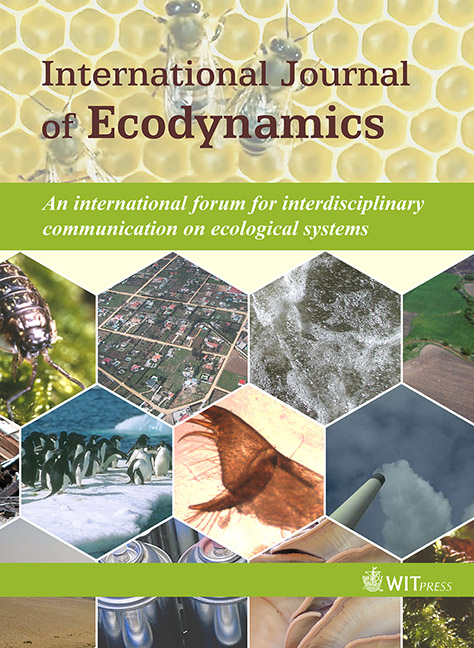Analysis of vegetative biomass changes in steppes of Inner Mongolia, China, using multitemporal Landsat, climatic, and socioeconomic data
Price
Free (open access)
Volume
Volume 2 (2007), Issue 2
Pages
10
Page Range
97 - 107
Paper DOI
10.2495/ECO-V2-N2-97-107
Copyright
WIT Press
Author(s)
Wuyunna, K. Okamoto, H. Kawashima
Abstract
Land use and land cover changes are important aspects of global environmental changes. They are controlled by natural factors and are affected by socioeconomic, technological, and historical factors. In this study, multitemporal Landsat images were used to analyze changes in biomass. We aimed at obtaining information for better decision-making regarding land use in the semiarid areas of Inner Mongolia. Information on land use and land cover in the steppes of Inner Mongolia, China was derived from multitemporal Landsat Thematic Mapper (TM) images in 1989, 1994, and 1997, and a Landsat Enhanced Thematic Mapper Plus (ETM+;) image in 2002. On the basis of the vegetation index, five vegetative biomass zones were delineated from the TM/ETM+ images: no vegetation, low biomass, middle biomass, high biomass, and woods. Changes in vegetative biomass were analyzed, in relation to natural factors, such as monthly mean temperature and precipitation. The results suggest that a change in vegetative biomass depends on that in meteorology. Changes in vegetative biomass were also analyzed, in relation to socioeconomic factors, such as overgrazing, population increases, and agricultural production. With increasing population pressure, proper land use is important for a sustained yield and the conservation of a semiarid ecosystem.
Keywords
biomass, desertification, Inner Mongolia semiarid regions, land under cultivation, remote sensing




